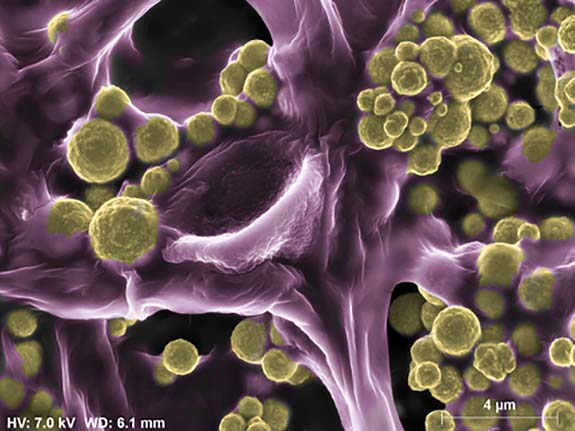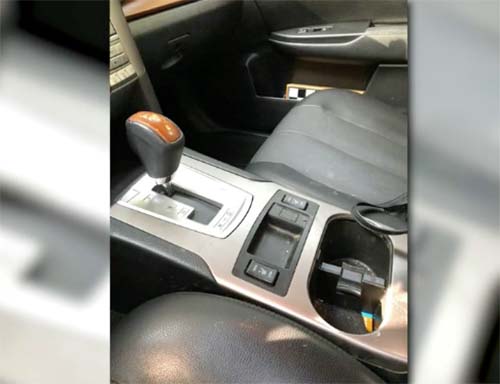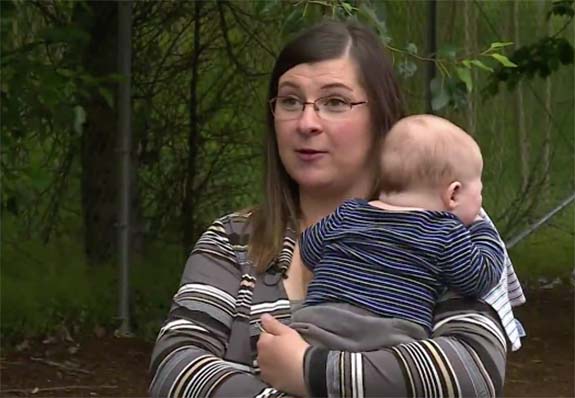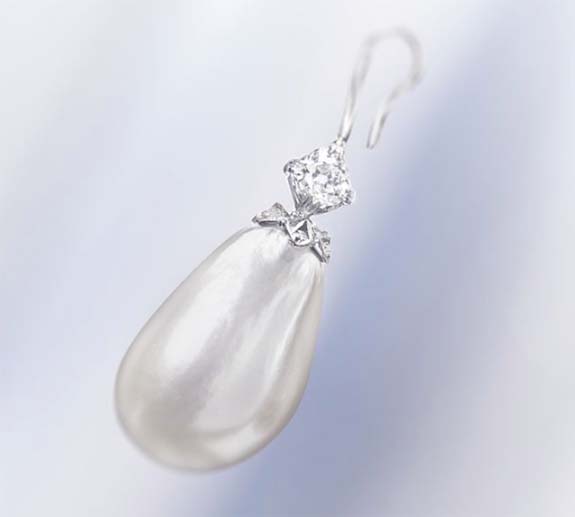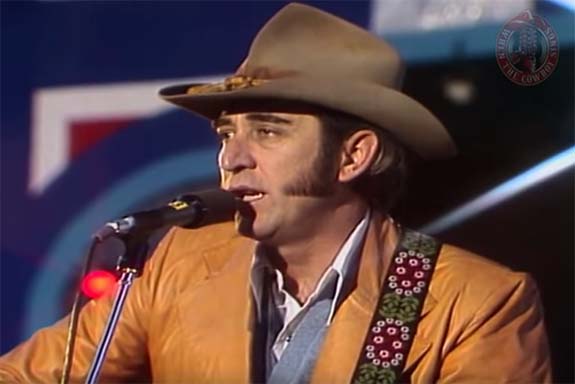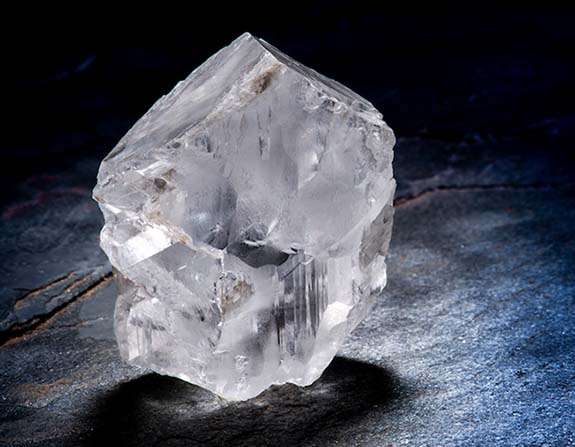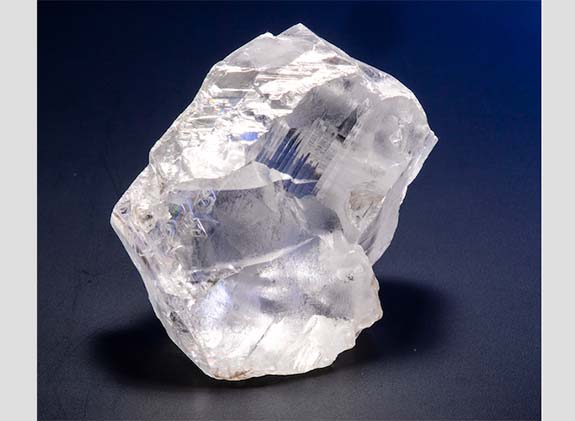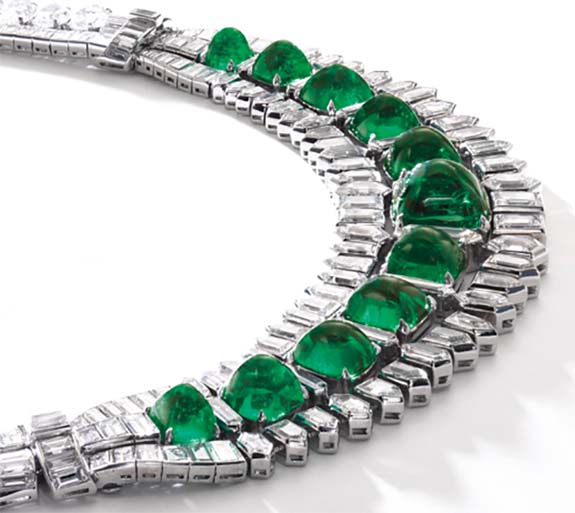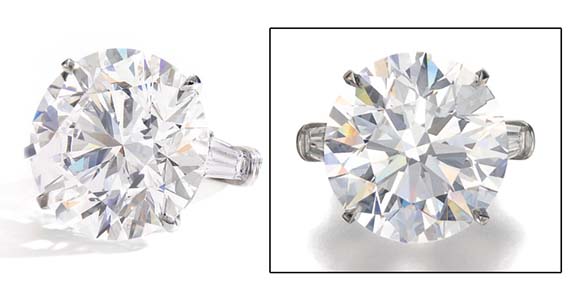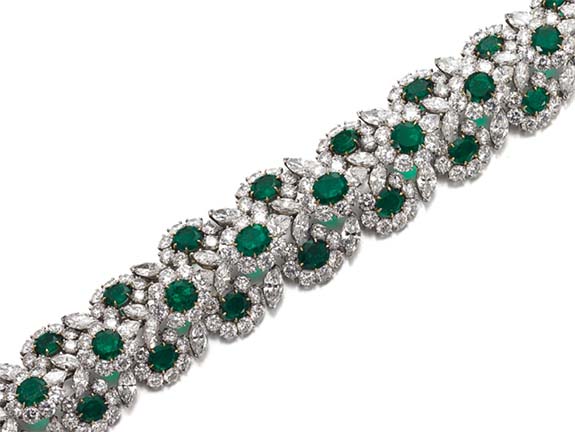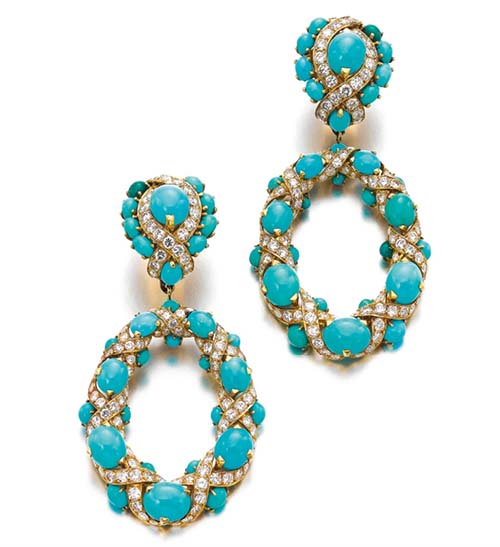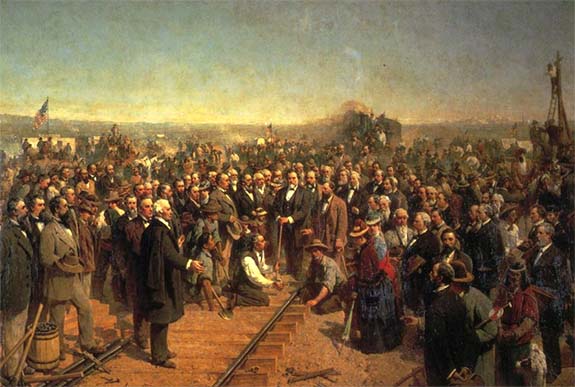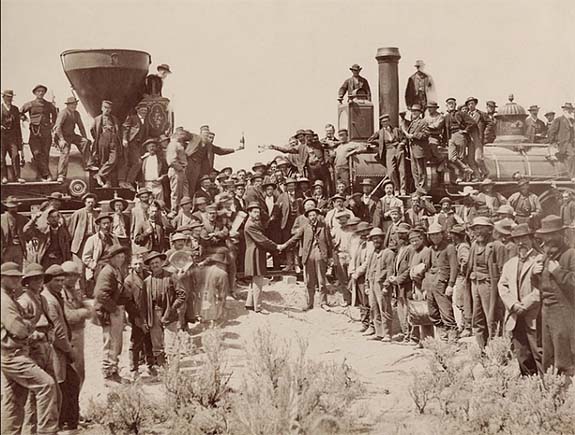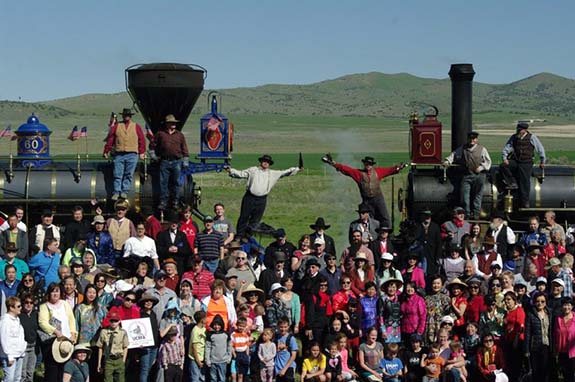A fluffy pink fungus that thrives on gold is the latest in a series of low-impact exploration tools available to Australian miners.
Geologists from Australia’s national science agency, CSIRO, reported that a thread-like fungus found 130 km southeast of Perth, has the ability to draw gold from the soil. What's special about the fungus, called Fusarium oxysporum, is that it uses a special chemical to dissolve the gold and another chemical to turn it back to a solid in the form of tiny nanoparticles.
A microscopic view of the fungus shows how its strands are coated in gold.
The presence of gold-rich fungi on the surface could provide valuable clues about new deposits underground. The geologists at CSIRO believe the fungi could provide a cost-effective way to find gold while reducing the impact on the environment.
Australia is the world's second largest gold producer, and while gold production reached all-time highs in 2018, forecasts show that production will decline in the near future unless new gold deposits are found.
And nature seems to be providing valuable new ways to support exploration without harming the environment.
Less than a month ago, we reported how leaves from the gum tree are helping miners pinpoint high-yield gold deposits in South Australia. Other Aussie miners are studying termites that harbor gold in their mounds. These tiny traces of gold can be linked to bigger deposits below the surface.
When comparing the fungi, CSIRO geologists noted the specimens with the most gold on their strands seemed to enjoy a biological advantage. They had the ability to grow larger and spread faster than those that didn’t interact with gold.
The geologists were surprised by the fungi's ability to synthesize gold.
"Fungi are well-known for playing an essential role in the degradation and recycling of organic material, such as leaves and bark, as well as for the cycling of other metals, including aluminium, iron, manganese and calcium," noted CSIRO lead author Dr. Tsing Bohu. "But gold is so chemically inactive that this interaction is both unusual and surprising – it had to be seen to be believed."
In the future, this gold-loving fungus might be employed not only to help pinpoint new gold deposits, but also to extract gold from sewage sludge and e-waste, such as discarded electronics.
The CSIRO gold-loving fungus findings were published in Nature Communications. The discovery was made possible thanks to collaboration among CSIRO, the University of Western Australia, Murdoch University and Curtin University.
Credit: Image courtesy of csiro.au.

